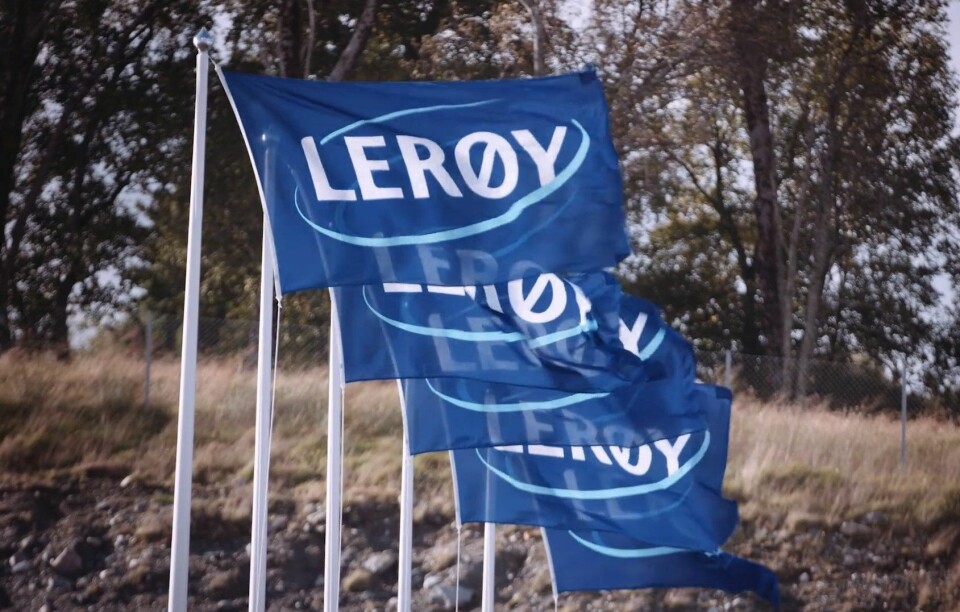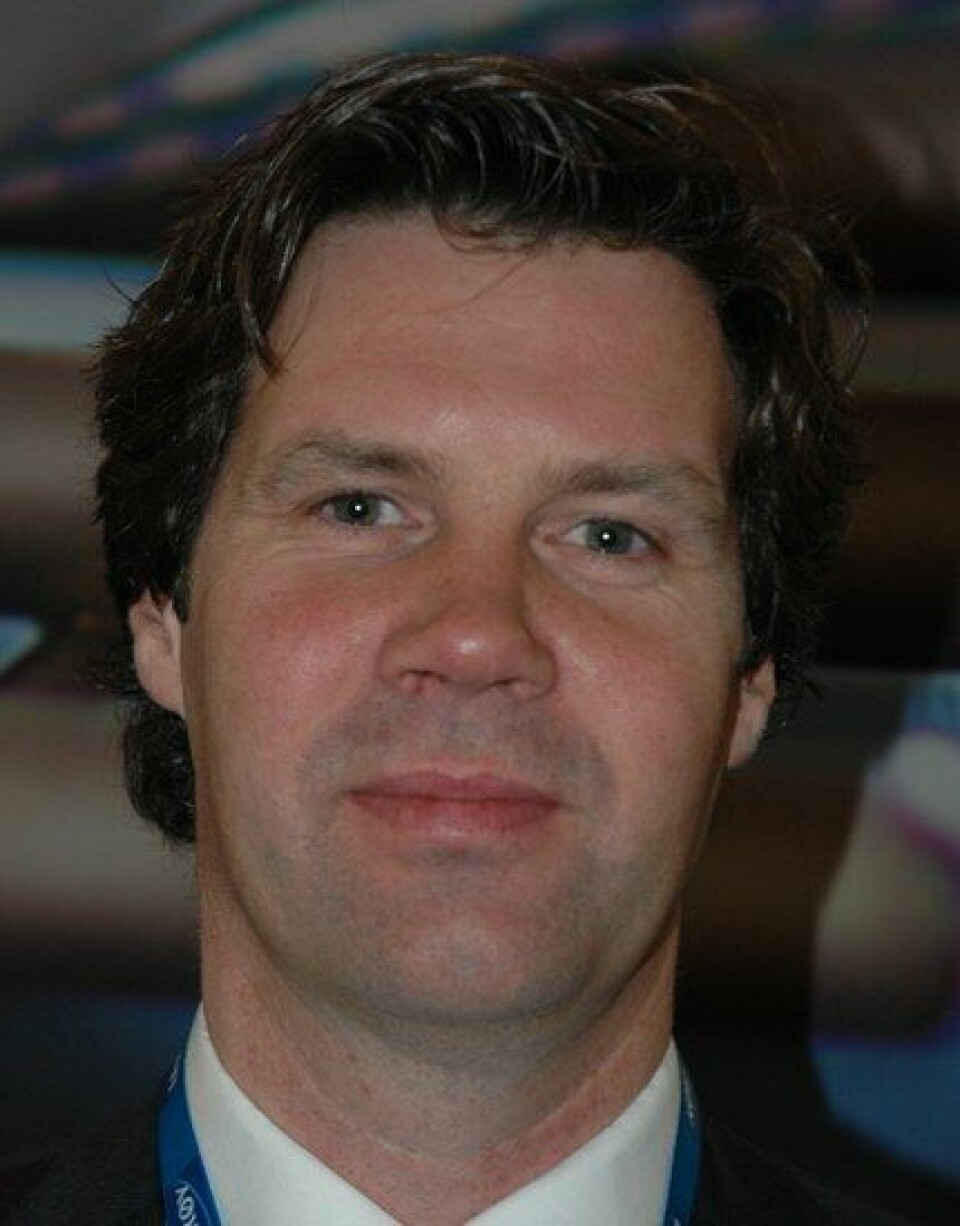
Covid and costs blamed as Lerøy operating profit halves
Fish farming and wild catch company Lerøy Seafood Group had a weaker second quarter in terms of results this year than last year. One of its three Norway salmonid farming regions, Lerøy Sjøtroll, made a loss for the period.
Lerøy, co-owner of Scottish Sea Farms, achieved a turnover of NOK 4.712 billion in the second quarter of 2020, compared with NOK 5.340bn in the same period in 2019.
Operating profit before fair value adjustments related to biological assets was NOK 322 million in the second quarter of 2020, little more than half of the NOK 774m made in Q2 2019.
Lower price achievement
Excluding earnings from Lerøy’s Wild Catch division, this gives an operating profit per kilo before biomass adjustment of NOK 7.8 in Q2 2020, compared to NOK 19.0 in the same period last year.
“The most important reason for lower earnings compared to the same period last year, is lower margin per kilo in aquaculture, this as a result of significantly lower price achievement,” the company wrote in a stock exchange release accompanying its Q2 results.
For the first half of 2020, the group reports a turnover of NOK 10.017bn, compared with NOK 10.086bn in H1 2019. The operating profit before fair value adjustments related to biological assets in H1 2020 was NOK 1.138bn, compared with NOK 1.465bn in the same period last year. Profit before tax and fair value adjustments related to biological assets in H1 2020 was NOK 1.037bn compared to NOK 1.524bn in the same period last year.

Long-term demand
“Earnings in Q2 2020 are substantially lower than expected at the start of the year,” said chief executive Henning Beltestad in a press release accompanying Lerøy’s Q2 report.
“The key factor behind this is the fall in salmon prices caused by the impact on demand of the Covid-19 pandemic. We have no way of knowing how long we will be affected by the pandemic, but we are experiencing that the Group’s model of close integration with our customers has grown even stronger throughout these challenges. We are confident that the long-term demand for healthy and sustainable high-quality seafood has not changed and will remain high.”
Investment in smolts
Lerøy said that in line with its plans, it has reported a positive development in harvest volume in the first half of 2020, with a high share from Lerøy Sjøtroll (in southern Norway), but has at the same time release from stock costs it considers to be higher than normal.
The factors behind the high ex-cage costs are a challenging situation for Lerøy Aurora (northern Norway) and sustained high ex-cage costs for salmon at Lerøy Sjøtroll, added the company.
It said the current outlook was for a significant reduction in ex-cage costs in H2 2020 and beyond, as its investment in larger smolts become evident.
“The average size of released salmon smolt at Lerøy Aurora and Lerøy Sjøtroll will be around 300 grams in 2020,” stated Lerøy.
The company expects the completed investments in new smolt plants, and ongoing investments, to provide considerable growth in production in the sea in 2020 and the years ahead.
“The estimated harvest volume for 2020, including the share from associates, is currently 183,000-188,000 tonnes salmon and trout. The Group’s target is for the corresponding figures in 2021 to be between 200,000 and 210,000 tonnes.”
Aquaculture segment
Lerøy’s Aquaculture division achieved an operating profit before value adjustments related to biological assets of NOK 216m in Q2 2020, compared with NOK 595m in the same period in 2019.
During the period, the division harvested 39,000 tonnes, compared with 37,000 tonnes in the second quarter of 2019.
In the second quarter, EBIT / kg for the subsidiaries was:
- Lerøy Aurora NOK 6.3 (NOK 17.7 in Q2 2019)
- Lerøy Midt NOK 14.1 (NOK 20.6)
- Lerøy Sjøtroll -1.6 / kg (NOK 9.2)
In total, EBIT / kg in the division is down from NOK 16.1 in Q2 2019 to NOK 5.5 in Q2 2020. The price achievement per kilo is down significantly, while the cost per kilo harvested is higher, wrote Lerøy.
Beltestad said that due to very high export volumes from Norway, the price development for trout had been considerably weaker than for salmon in the second quarter and at the beginning of the third quarter.
“Total withdrawal costs in the second quarter of 2020 are higher than the same period last year, but as previously communicated, lower withdrawal costs are expected in the second half of 2020,” he added.






















































